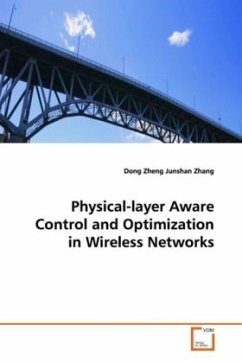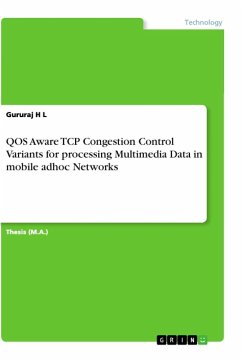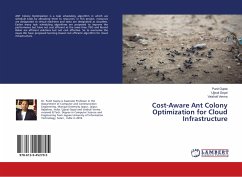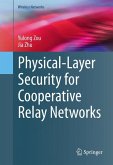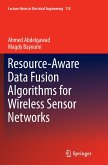With the explosive growth in demand for wireless
services,
the next generation wireless networks are expected to
provide solutions to cost-effective, ubiquitous,
always-on broadband access. There has been a general
consensus that developing network-level solutions
that take advantage of the interplay between the
physical-layer and the upper protocol layers would
yield significant performance gains. Thus motivated,
a common thread of this book is to study physical-
layer aware control and optimization in stochastic
wireless networks. Specifically, we want to obtain a
fundamental understanding of the following issues:
How can we take advantages of rich diversities such
as time/multi-user/multi-channel degrees of freedom
in wireless networks? How can we develop distributed
algorithms of joint rate control and MAC design for
end-to-end QoS provisioning? Are these distributed
algorithms stable in the presence of stochastic
noisy feedback? A principal objective of this book
is to develop systematic frameworks for solving
these issues.
services,
the next generation wireless networks are expected to
provide solutions to cost-effective, ubiquitous,
always-on broadband access. There has been a general
consensus that developing network-level solutions
that take advantage of the interplay between the
physical-layer and the upper protocol layers would
yield significant performance gains. Thus motivated,
a common thread of this book is to study physical-
layer aware control and optimization in stochastic
wireless networks. Specifically, we want to obtain a
fundamental understanding of the following issues:
How can we take advantages of rich diversities such
as time/multi-user/multi-channel degrees of freedom
in wireless networks? How can we develop distributed
algorithms of joint rate control and MAC design for
end-to-end QoS provisioning? Are these distributed
algorithms stable in the presence of stochastic
noisy feedback? A principal objective of this book
is to develop systematic frameworks for solving
these issues.

